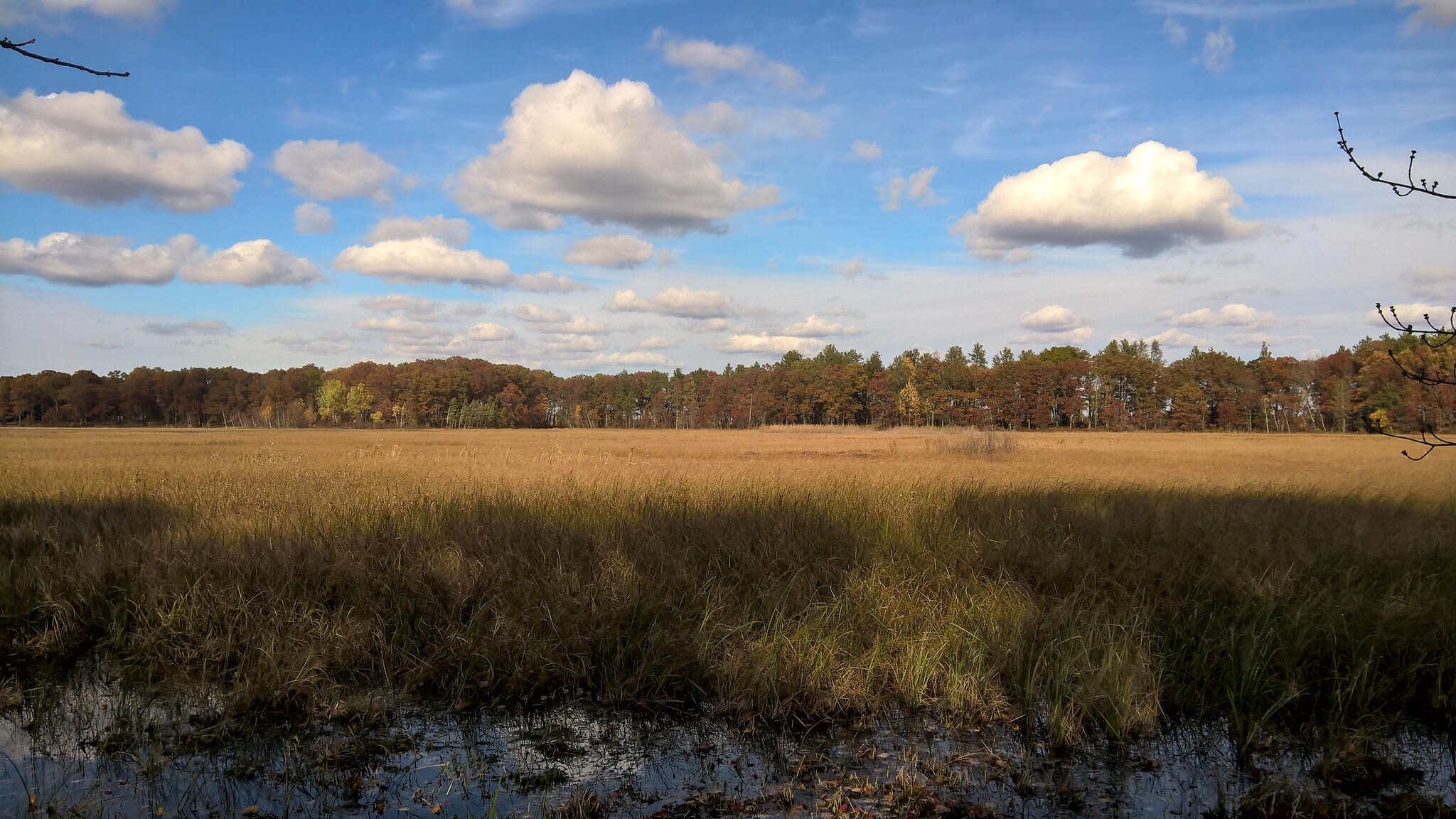In 2021, The Conservation Fund purchased 70,000 acres of private forestland in northern Wisconsin called the Pelican River Forest for recreational use and logging.
Since then, the organization has been working with the Wisconsin Department of Natural Resources (DNR) to secure easements for the property. Last fall, the Wisconsin Natural Resources Board signed off on a $15.5 million conservation easement to preserve more than 56,000 acres of the forest, adding to the 12,000 that is already protected by easements for a total of about 70,000 acres.
The project would be mostly funded by a federal forest legacy grant totaling close to $11 million, and the state would contribute about $4 million through the Knowles-Nelson Stewardship Program.
A member of the Joint Finance Committee, Sen. Mary Felzkowski, R-Irma, objected to the release of state funds for the project, saying that “she and other members of the Joint Committee on Finance, who she declined to name, objected to using around $4 million from the Knowles-Nelson Stewardship Program to pay for the project,” according to Wisconsin Public Radio.
“What’s happening here is when we do a conservation easement on 56,000 acres, what that’s basically saying is this land can never ever be developed into perpetuity,” Felzkowski told Wisconsin Public Radio. “Forever is a very long time.”
Felzkowski said that “public land is already abundant in northern Wisconsin counties” and “local governments have shared concerns over a lack of housing and available land.”
Republicans have had concerns in recent years about taking blocks of private land off the tax rolls in northern Wisconsin. But this property would stay in private hands and stay on the tolls. However, Felzkowski argues that the property would be taxed at a lower rate through enrollment in the state’s Managed Forest Law program. In fact, the property has been enrolled in the Managed Forest Law program for decades and its tax status in unlikely to change, whether or not a conservation easement is in place.
The conservation community is disappointed in the Joint Finance Committee’s objection to the project.
The Pelican River Forest includes 68 miles of streams and 27,000 acres of forested wetlands and would link the Oneida County Forest and Chequamegon-Nicolet National Forest. Protecting large tracts of land has ecological benefits for threatened and endangered species, and reduces carbon dioxide in the atmosphere through natural carbon storage. The Pelican River Forest would continue to be sustainably logged, supporting 775 forest-related jobs.
Charles Carlin, Director of Strategic Initiatives for Gathering Waters: Wisconsin’s Alliance for Land Trusts, is not optimistic about the Joint Finance Committee allowing the project to move forward, despite mostly strong support from legislators and the public.
“I have a lot of concern about the Joint Finance Committee and their process for objecting to these projects and for resolving those objections,” Carlin said. “And, in part, that’s because the Finance Committee is not following their own rules for reviewing, objecting to projects and resolving those objections.”
Under state law, the Joint Finance Committee has 14 days to review any project that uses more than $250,000 of Knowles-Nelson funding. If an objection is raised, the committee must schedule a meeting to review the proposal. To date, no such meeting has been scheduled, and, until then, the funds will not be released.
Clint Miller of The Conservation Fund said the organization may need to sell the property if they can’t secure the funding to support the project.
“The state needs to step up and seize the opportunity while we’ve got it,” Miller said.
Featured image by Michael Janke, 2017.
